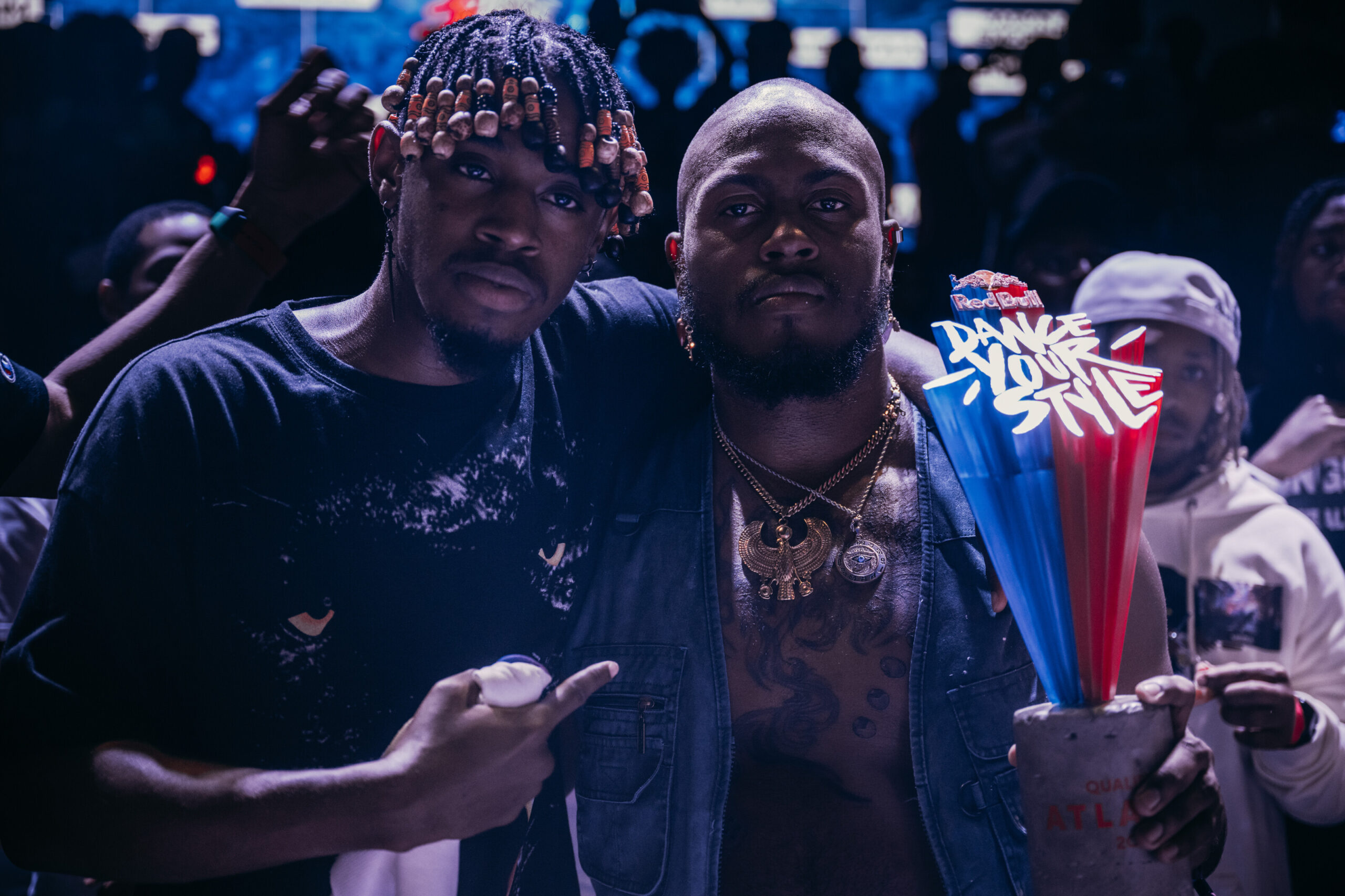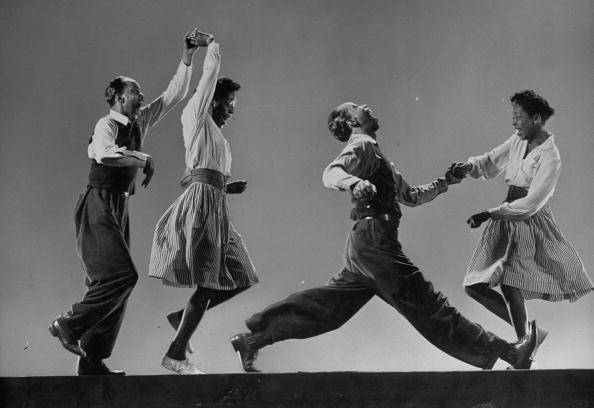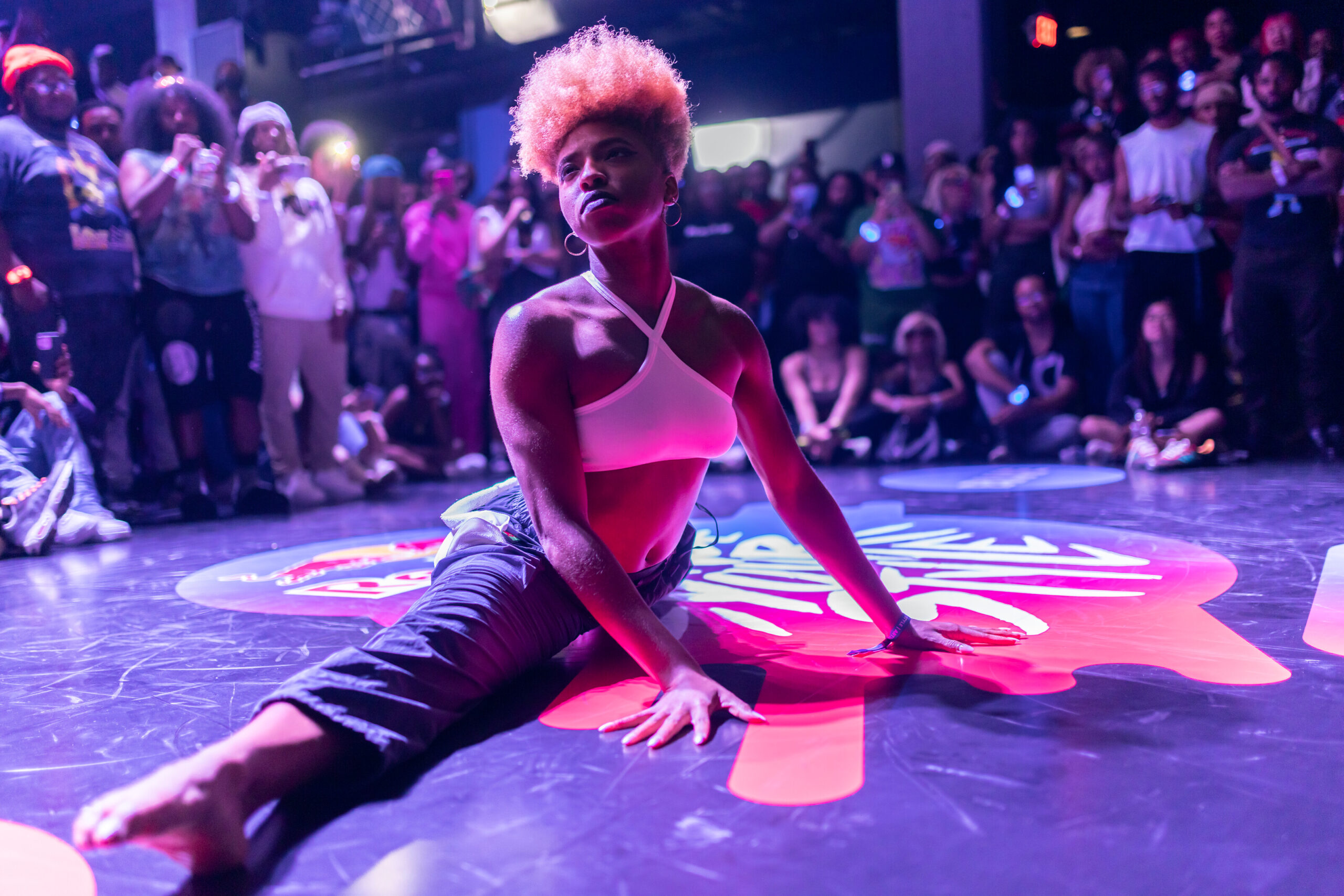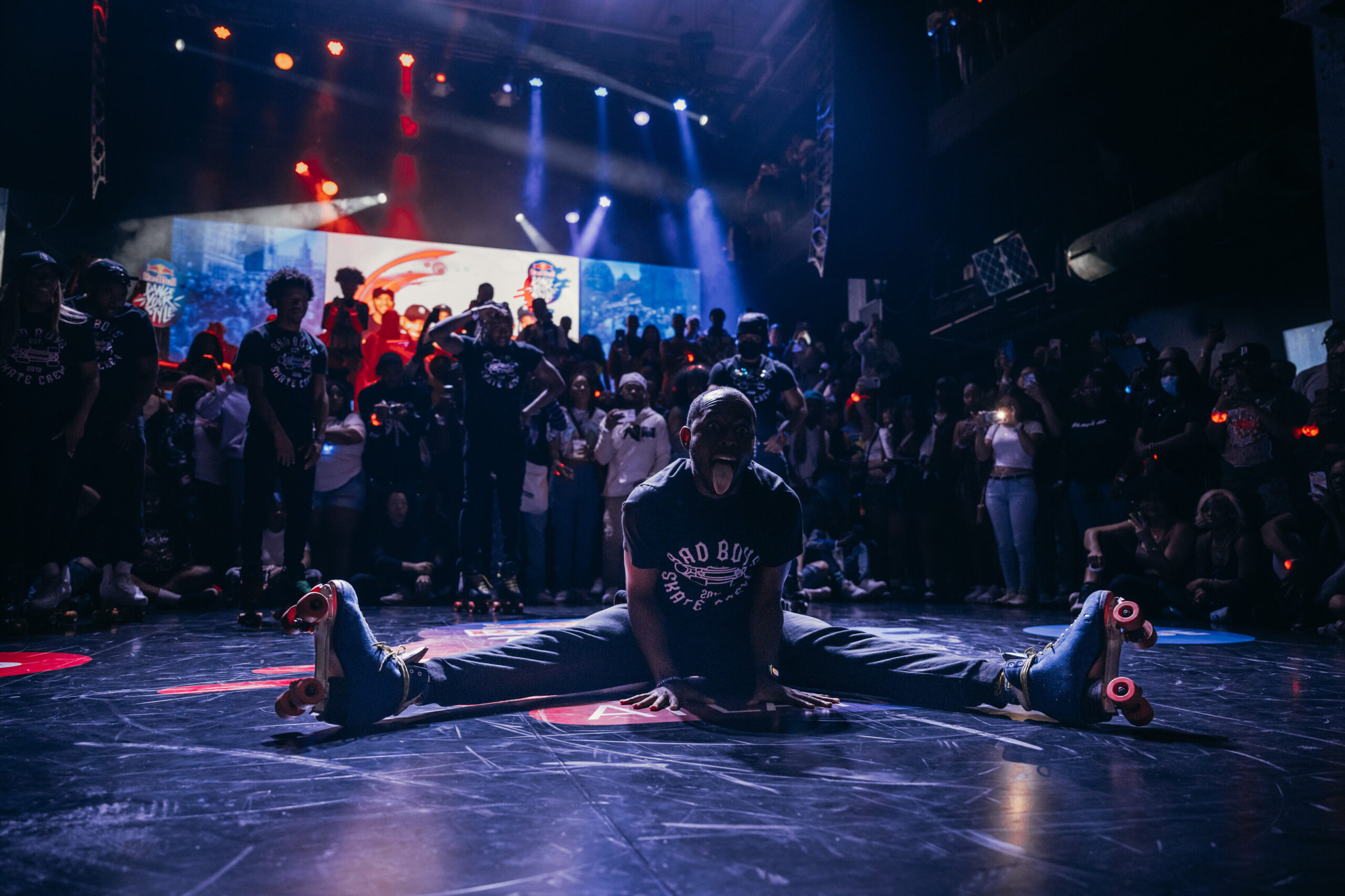Atlanta is responsible for many of the dance crazes that have rocked the world over the last few decades. As the “Black History Capital of America,” Atlanta also serves as the birthplace of much of the dance and music that seeps out to the rest of the country, eventually appropriated and repurposed in other places. Classical forms of dance, as well as more innovative styles, flourish in ATL.
Music and Civil Rights put Atlanta on the map, granting Atlanta an immediate sense of seniority in the cultural world. While the dancers coming out of Atlanta are not known for supercilious behavior, their reputation does precede them.
Exiled Taste Makers
The Jim Crow era is one of the darkest and most violent periods in U.S. history, spanning almost 100 years. Atlanta was one of the most staunchly segregated and poorly served cities, eventually serving as the “cradle of the Civil Rights Movement.“ While Black people were separated, mistreated and forced to face severe challenges to perform across the South, they were also developing strong performing roots in Atlanta.
The “Chitlin Circuit” was a system of safe venues for Black people, primarily in the South. Atlanta had a particularly high concentration of clubs owned by Black businesspeople within the city, allowing communities to amass more power and influence on culture. Dance moves and groups such as the Lindy Hop and jitterbug were able to gain Southern flair and eventually, national fame, due to the promotion, musical talent and choreography of Atlanta’s patrons.
Dances that were popularized in Atlanta eventually spread to poor white communities and outwards. The 1920s mark some of the earliest official records of Atlanta developing and distributing dances, but it also marks the earliest signs of Atlanta’s economic ability to define culture.
Developing Dances
Outside of integrating the dance world, Atlanta has created a number of moves. The strength of the dance community in the area has made Atlanta one of the places to be in the dance world. The city is responsible for crazes such as dabbing, Soulja Boy’s moves and other dances popularized by social media and the power of the music industry in Atlanta. Dancers are respected in Atlanta because it’s a music powerhouse, and vice versa.
Before cultural appropriation was a buzzword, those in Atlanta knew that they were exporting dance moves and music to the rest of the country. Atlanta is considered one of the premier cities in the U.S. for Black professionals and families, often referred to as the “Black Mecca.” Black culture has always been the earliest rendering of what white people will eventually copy, and Atlanta is a prime example of this cycle.
In a 2021 journal publication, Maha Ikram Cherid wrote about the distribution of Black culture within the postmodern capitalist framework, saying, “Rather than being a successful integration of Black people into the public sphere, the commodification of Black culture is a superficial show of tokenized representation that serves to obscure the ways in which this process has not only failed to create deep social changes but has effectively enacted existing power dynamics.”
Atlanta’s powerful Black community is a testament to this cultural decider status. In a 2019 New York Times piece titled “Why Is Everyone Always Stealing Black Music?” Wesley Morris wrote about consumption and criticism in the highly segregated music world. In reference to Atlanta artist Lil Nas X, Morris said, “The work has been to free this country from paranoia’s bondage, to truly embrace the amplitude of integration. I don’t know how we’re doing.”
Ballet in Buckhead
Atlanta’s first ballet company came to the city in 1929 during the rise of regional ballet companies. Atlanta Ballet is the oldest ballet company in the U.S. and was deemed the official Ballet of Georgia by Governor Jimmy Carter prior to his presidency. Despite its prestige in a predominantly Black city, integration was slow and not steady at Atlanta Ballet, as the ballet world continues to struggle to include Black dancers.
Ballethnic is a dance company founded on the principles of including dancers of minority groups. It was started in Atlanta and has continued to have a national impact. The strong presence of the dance community in Atlanta allowed for the development of the company outside of Atlanta, once again demonstrating the power of ATL through its impressive organizing, cultural and educational initiatives.
“What’s unique about Atlanta’s dance scene is that it’s not overly saturated, which allows artists like myself to take risks. I’m able to be free as an artist here,” T. Lang said in an interview with Atlanta Magazine. Lang serves as the artistic director and choreographer at T. Lang Dance, and Dance Performance & Choreography department founding chair at Spelman College.
The tight community and close ties to the city mean that ballet has been a crucial form of dance for the city and its performers. Competitor in the Red Bull Dance Your Style competition Lenattaa discussed traveling between Atlanta and Nigeria to train. She utilizes her ballet training in Atlanta with other styles of dance.
Underground Implosions
Atlanta’s Underground Historical District was first identified as a landmark in the 1960s. It was built as an underground space during the construction boom that took place across the South during Reconstruction. Due to Atlanta’s early status as a railroad empire, it was full of train tracks, causing urban design issues and forcing planners underground. Today it hosts concert venues, restaurants, shops and other recreational activities.
The culture surrounding clubs and concert venues was only further impacted by the demolition of the Georgia Dome. A careful and meticulously planned implosion marked the end of Atlanta’s 1989 stadium. Anyone who I spoke to about attending a show wanted me to know about the closure of the stadium and how it moved performances around the city. Each aspect of culture in the city is intertwined.
Rolling into Dance
Atlanta’s Bad Boys Skate Crew(BBSC) has established itself as a household name in the city and a national presence. Many of the dancers with whom I spoke shared stories of coming to Atlanta for the reputation of skating and dancing.
Within the crew, DJ Ham hails from Baltimore, traveling deeper South and exploring numerous fields within the city. CeCe, however, is born and raised in Atlanta and expressed how important the city has been to her craft and her family. Being raised in an environment where dance, skating, and the history of the city were valued helped her to be the performer she is today.
Sean Christopher, a skater and dancer who originally came from Arkansas, is now a teacher in Atlanta, as well as a member of BBSC. His music and skating has landed him on Good Morning America Despite this national fame, one of his main goals right now is to get a skating program started at the high school where he works, in order to serve the students of Atlanta through dance and skating.
Special tricks and bold moves come from the Atlanta skate scene, allowing it to be the controller of the skating world that it is today. Stepping into rinks like Cascade Skating Rink, the history is palpable. Crews are competitive and the importance of skating in the city is unlike almost any other place.
Dance Your Style
Each Red Bull dancer had the same thing to say about the city, “It’s a melting pot.”
The combination of dancers coming from all over the world and the accepted status of Atlanta’s dominance has made it easier for dancers and dance moves to emerge from the city. Dancer Olivia Danso, who was raised in Atlanta, pointed out that Atlanta’s Hartsfield–Jackson Atlanta International Airport is the busiest airport in the U.S. based on the volume of passenger traffic. It’s impossible to avoid the people, music, clothing, and dances that are always coming in and out of Atlanta.
BAM the dancer explained that he came to Georgia for college but found himself sneaking off to Atlanta to dance, pulled away from his future of computer programming. Atlanta gave him a home and a sense of belonging after being moved around the U.S. as a military child. He was able to become a founding member of Atlanta’s illustrious Dragon House Crew.
Another Dragon House Crew member is Leo RA Soul, the Atlanta Red Bull Dance Your Style champion. Leo is a longtime local and hometown hero who is proud of the city and the culture it produces. After his victory, clutching his trophy with a giant smile plastered on his face, Leo reflected on being a mentor to many of the dancers in the crowd and competition, “I’ve been trained by a lot of different people in Atlanta and even helping out my little bro Soup, it’s just a full-circle moment.” Once again referencing his final face off with fellow local favorite, Don Soup, Leo said, “It felt really good having unbiased Atlanta, because they love both of us.”
A coalescence of factors like education, internationalism, financial power, and a thriving music industry over the course of Atlanta’s 175 year-history has determined the emergence of dance as one of the most defining elements of life in ATL. Atlanta is a city that determines the futures of the dancers who come there and it dictates what will succeed in the rest of the country.
This piece was written in partnership with a Red Bull Dance sponsored press trip.


















